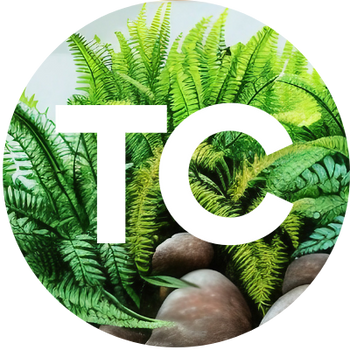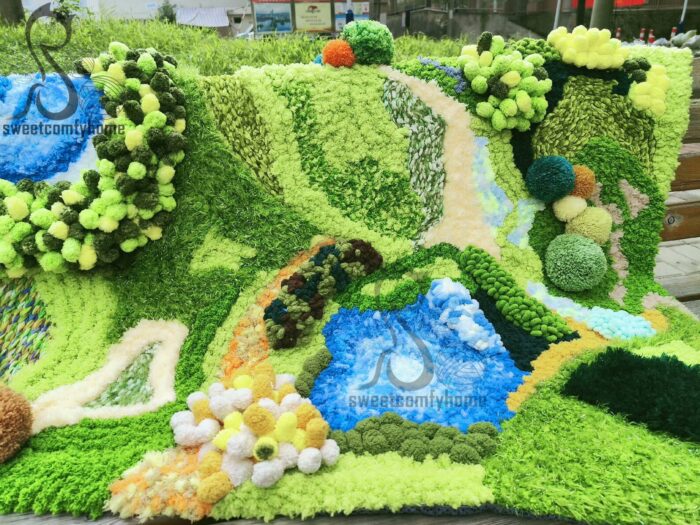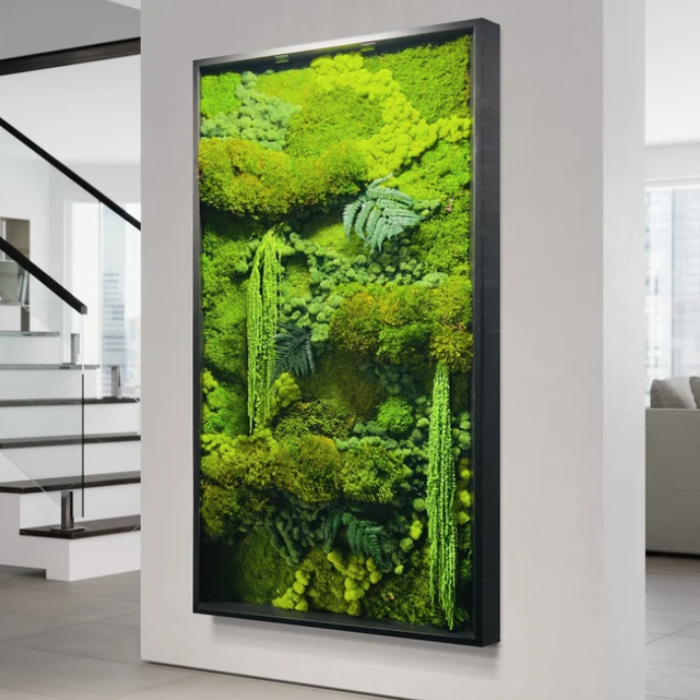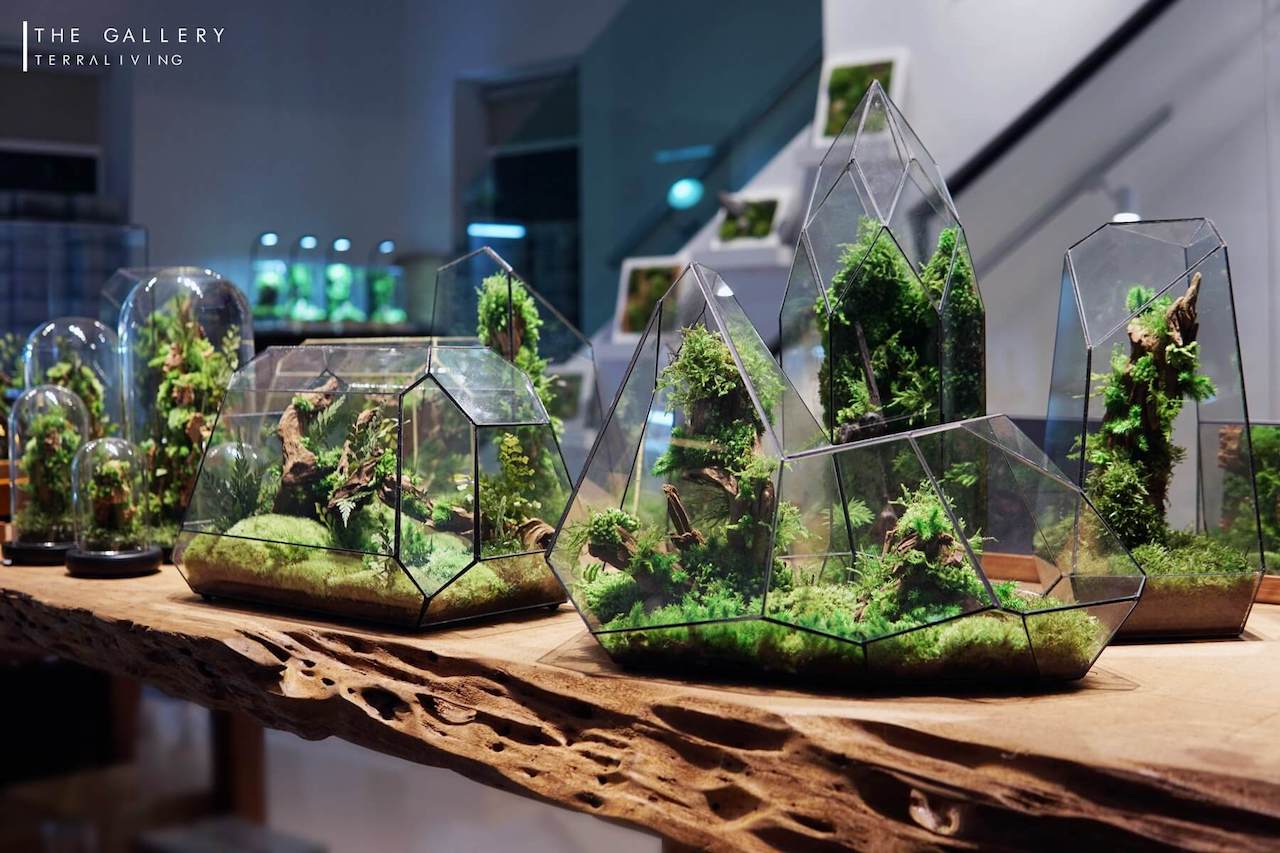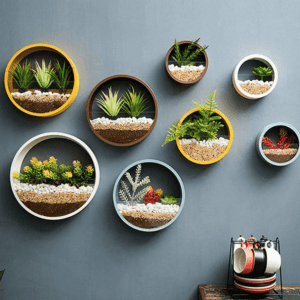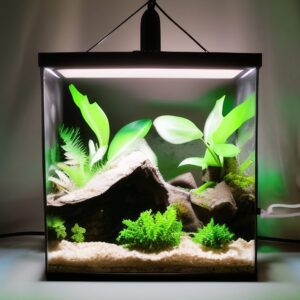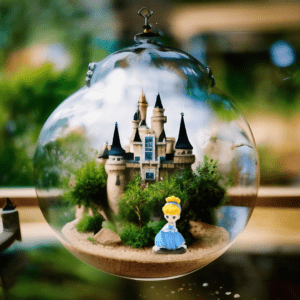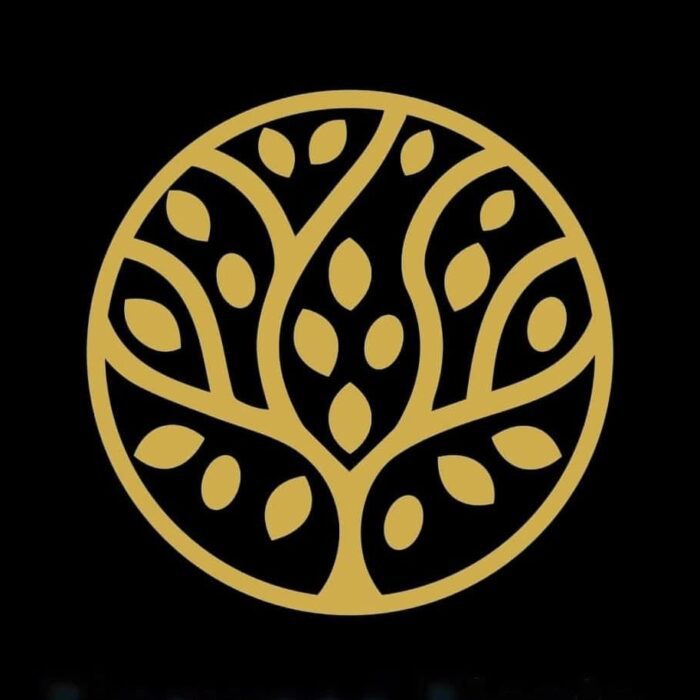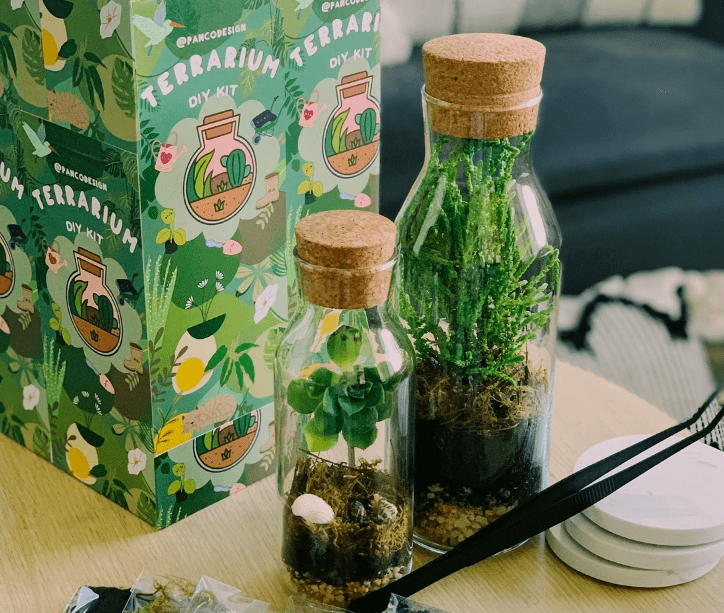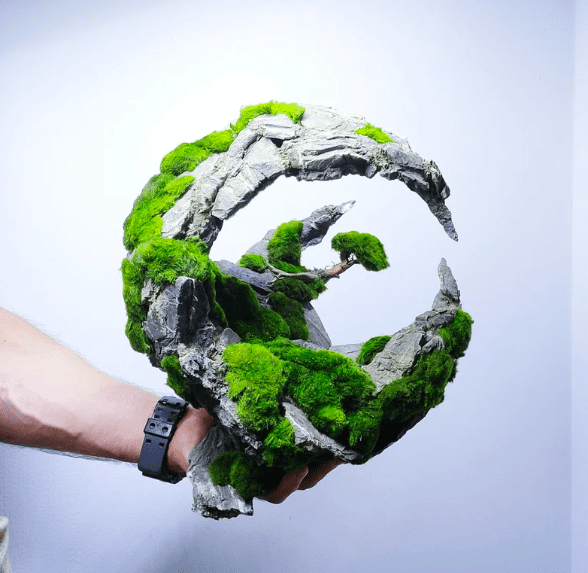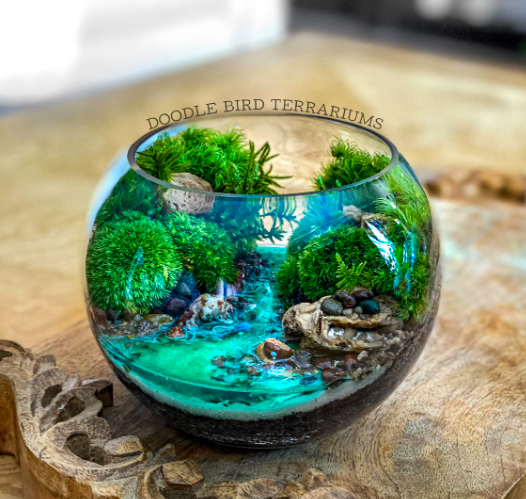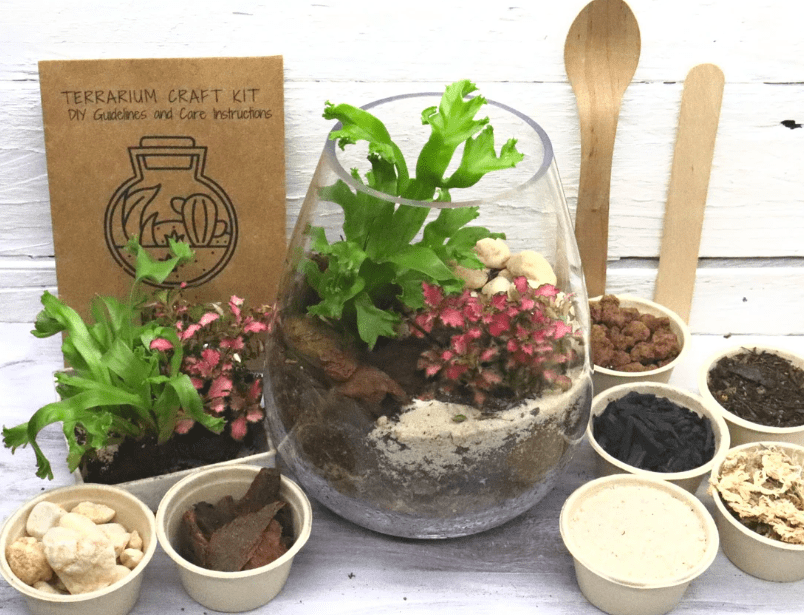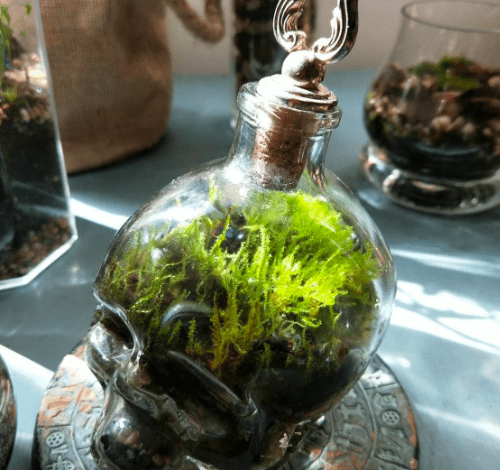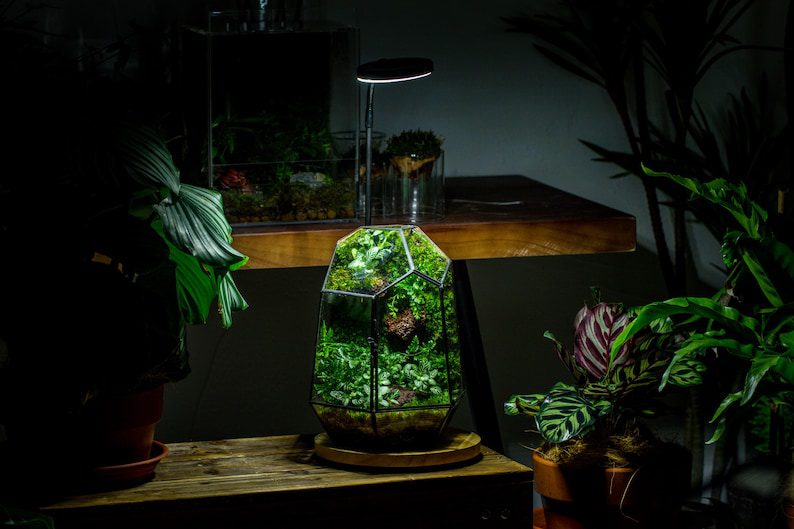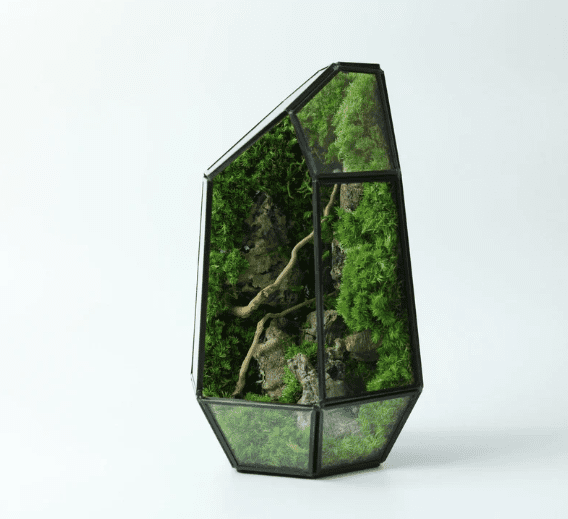Terrariums have been around for centuries, and their popularity has ebbed and flowed over time. Though they were once popular in Victorian times, terrariums fell out of favor until the 1970s, when they experienced a resurgence in popularity. Today, terrariums are still popular among those who want to bring a touch of nature indoors. Let’s dive into how this came to be.
Where does the word “terrarium” come from?
The word “terrarium” comes from the Latin word for earth, terra. The Latin word for earth, terra, is the root word of the English word terrain. Terra can also mean land or ground. In a terrarium, plants are grown in a controlled environment, often under glass. The use of the word terrarium has likely arisen independently at different times and places. However, the word terrarium is thought to have first been used in the 18th century.
Who made the first terrarium?
The first terrariums were created in the 1820s by botanist Nathaniel Bagshaw Ward. Ward was investigating the effects of different gases on plants and found that plants in sealed glass containers thrived. He created the first terrarium by accident when he sealed a fern in a jar and noticed that it continued to grow. These came to be known as Wardian cases.
Wardian cases, named after Dr. Nathaniel Ward, were used to transport plants and were the precursor to the modern terrarium. Dr. Ward’s discovery that ferns could thrive in these sealed, self-contained glass habitats sparked a terrarium craze in England that quickly spread to the United States.

The popularity of terrariums grew in the Victorian era as a way to bring plants indoors. They were also used to create miniature gardens. By the late 19th century, terrariums were all the rage, and they remain popular today. Terrariums fell out of fashion in the early 20th century, but experienced a resurgence in the 1970s.
Today, terrariums are popular as both decorative pieces and functional gardens.
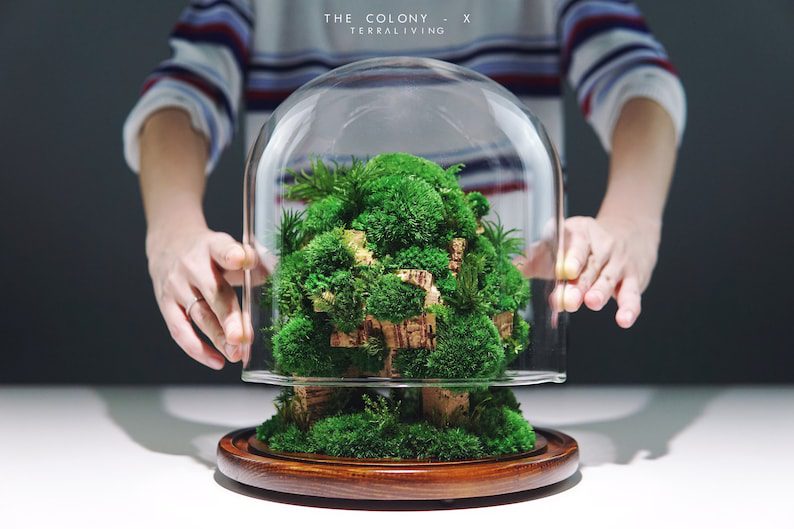
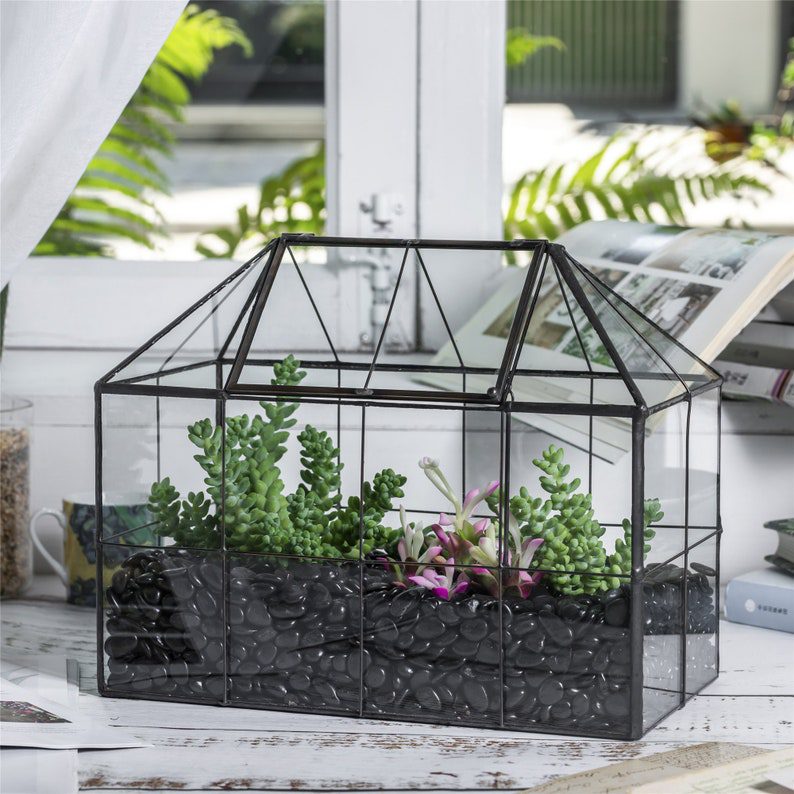
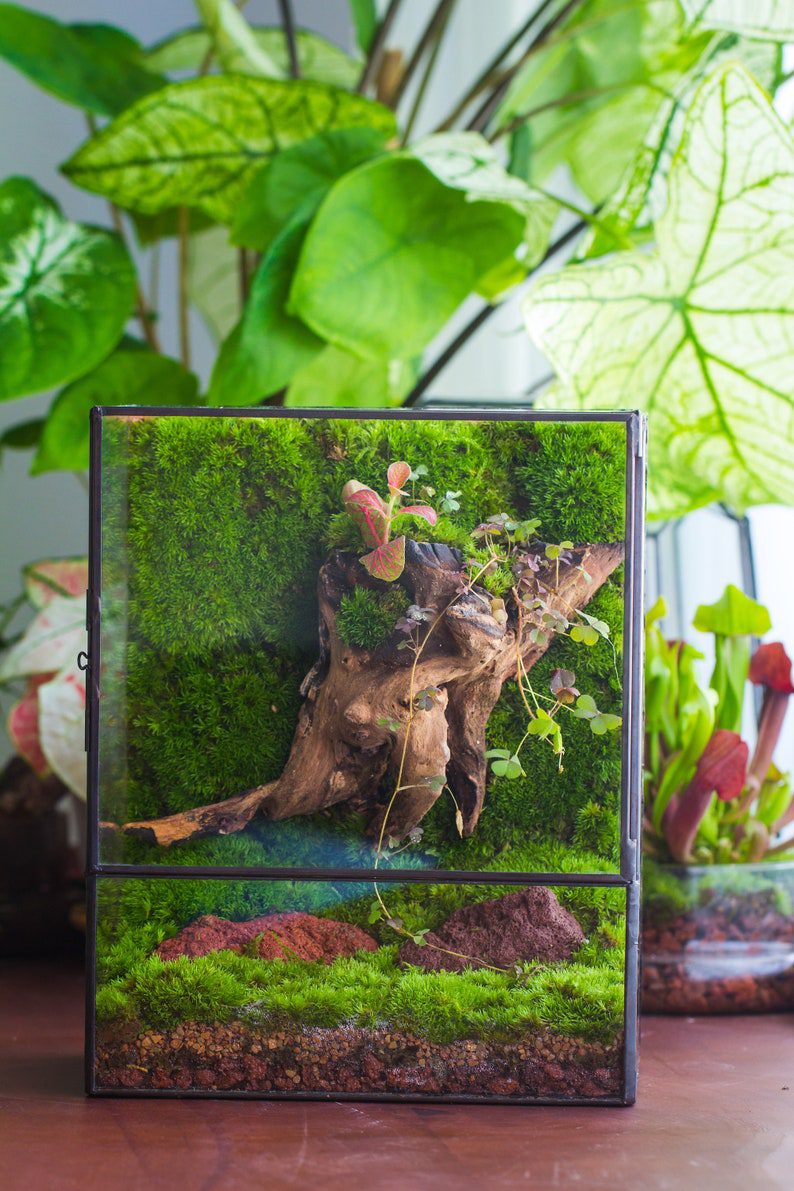
Who was Nathaniel Bagshaw Ward?
Nathaniel Bagshaw Ward was a British doctor and botanist. He is best known for his work on the effects of different gases on plants, which led to the creation of the first terrarium. Ward was born in 1791. He studied medicine at the University of Edinburgh and later worked as a doctor in London. In 1820, he began investigating the effects of different gases on plants. He placed plants in sealed glass containers and found that they thrived. In 1829, Ward published a book on his findings, titled On the Growth of Plants in Closely Glazed Cases. The book was popular and led to the creation of the first terrariums. Ward continued to study plants throughout his life. He died in 1868 and continues to be known as the modern creator of terrariums.
How have terrariums changed over time?
Terrariums have evolved over time, with new designs and styles emerging. The popularity of terrariums has also changed over time, with some periods seeing more interest than others.
Terrariums have become more sophisticated and now include features such as drainage, ventilation, and automatic watering systems. The plants that are used in terrariums have also changed, with more exotic and tropical plants being grown in terrariums. Terrariums are now also seen more commonly in households as the popularity of indoor and compact gardening has increased.
Why have terrariums become more popular recently?
There is no one answer to this question as terrariums have been around for many years. It is possible that they have become more popular recently due to the increase in interest in plant-based and sustainable living.
The 1970s terrarium resurgence was likely due to a combination of factors, including the popularity of indoor plants, the increasing availability of affordable glass containers, and the growing interest in DIY and home gardening. There was a movement in the 1970s towards more natural living and away from synthetic materials. This led to a greater interest in plants and gardening. Additionally, new technology in the 1970s made it possible to grow plants indoors more easily and cheaply than ever before. Finally, the 1970s was a time of great economic growth, which meant that people had more disposable income to spend on luxury items like indoor plants.
In more recent times, and as our living spaces become more compact in modern cities, people are seeking new and sustainable ways to surround themselves with nature. Indoor plants and terrariums are popular in living spaces because they provide a splash of color and life in what is often a small, cramped space.
There is some evidence that indoor plants can be linked to mental health. One study showed that people who had plants in their offices had lower levels of stress and anxiety than those who did not have plants. Other research has shown that plants can help to improve mood and reduce stress. As more research is conducted, we are learning more and more about how nature can support our well-being.
What kind of plants thrive in terrariums?
Some plants that do well in terrariums include ferns, mosses, and small flowering plants. There are a huge variety of plants that can be grown in terrariums. Check out our terrarium plant library for some inspiration.
Where can I learn more about terrariums?
Want to learn more about terrariums? Check out some of the links below:
